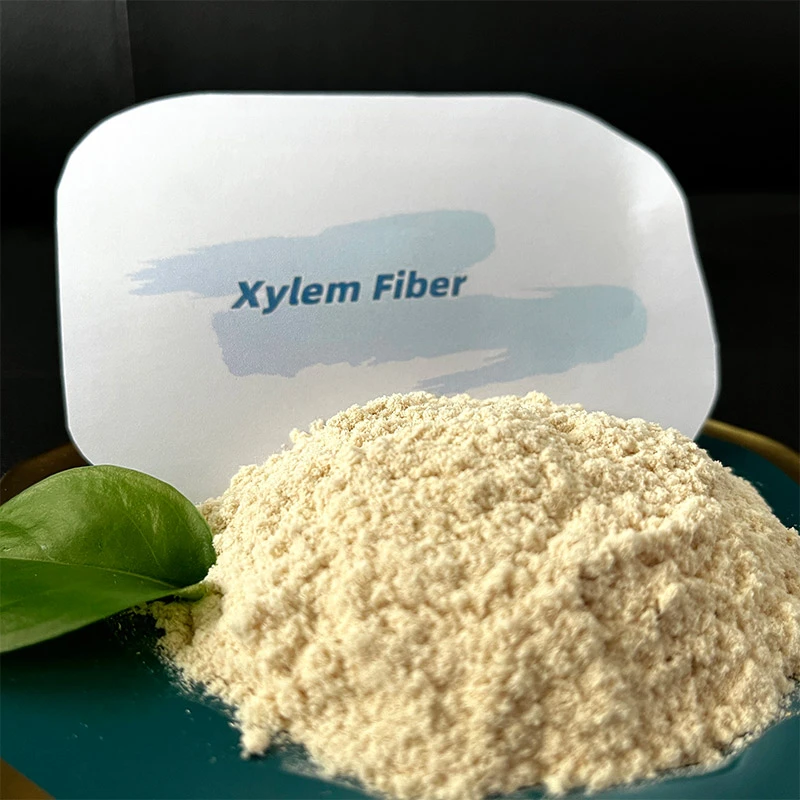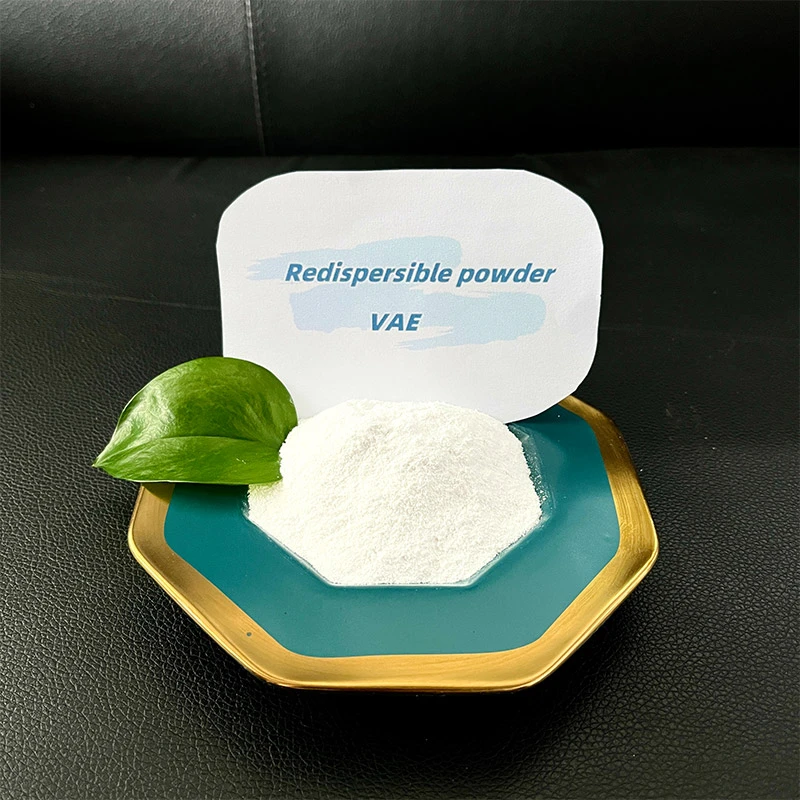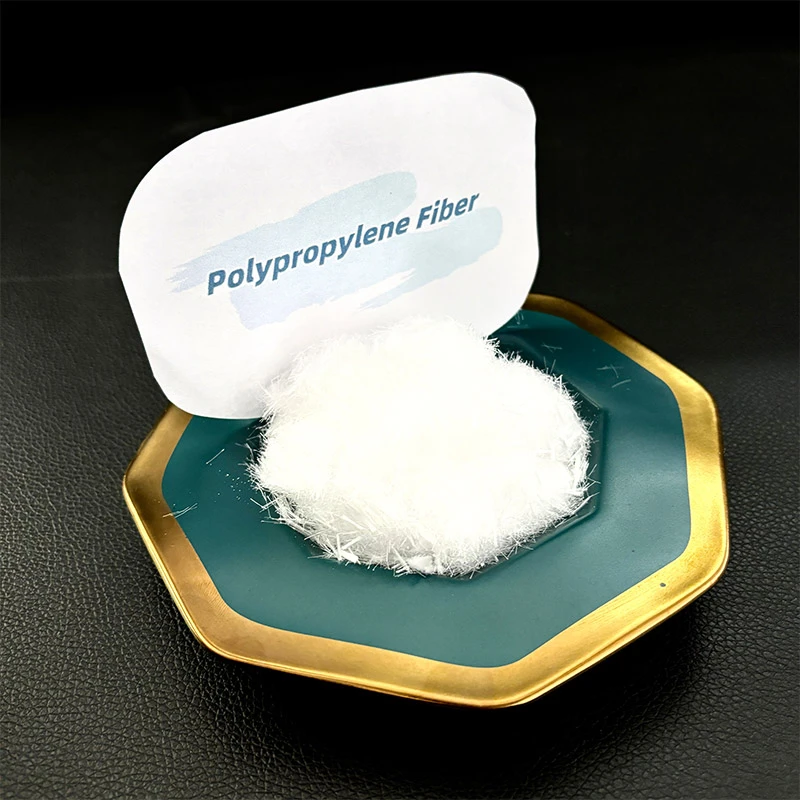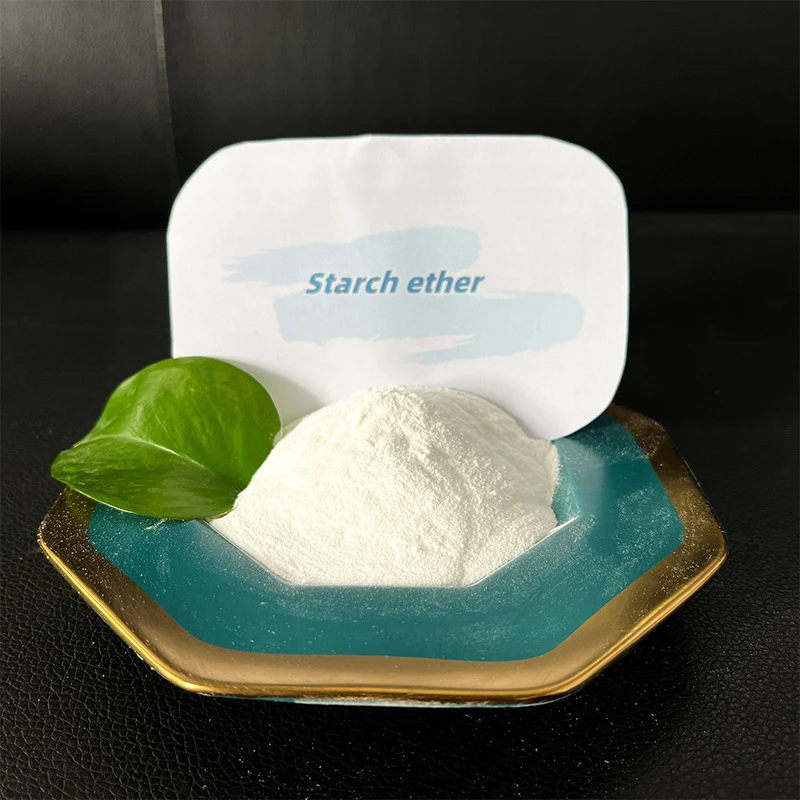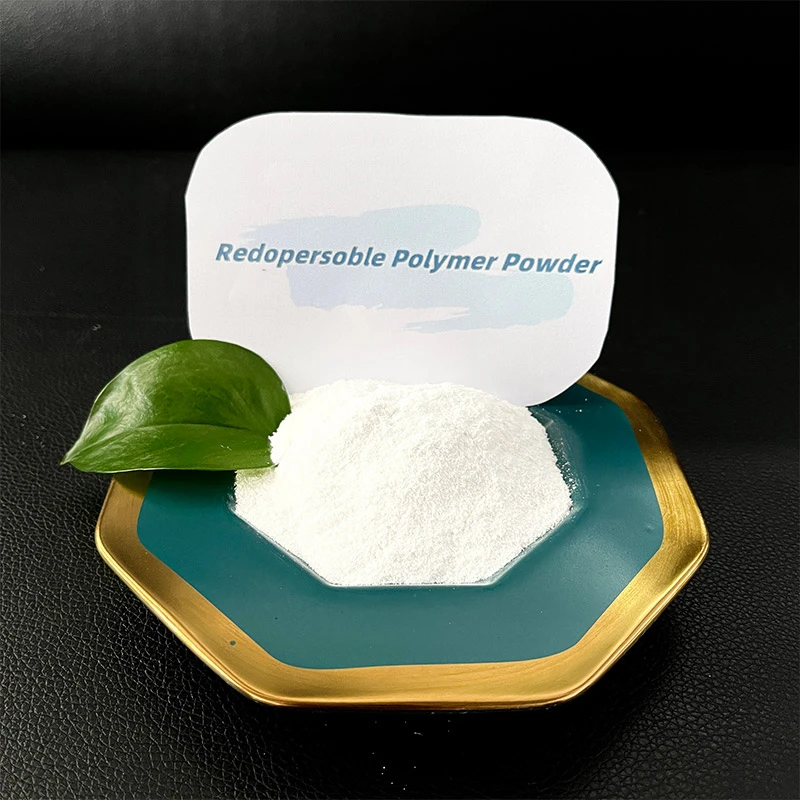
-

Кушу: HeBei ShengShi HongBang целлюлоза технологиясе CO., LTD.
-

Электрон почта
13180486930@163.com -

БЕЛӘН БЕЛӘН
+86 13180486930

Benefits of Plaster Retarders
In the demanding world of construction finishes, controlling time is paramount. A гипс тоткарлаучы serves as a crucial chemical admixture specifically designed to decelerate the setting reaction of plasters, primarily those based on gypsum. This deliberate delay is far from a mere convenience; it's a fundamental requirement for achieving high-quality, durable, and aesthetically pleasing surfaces. Both гипс тоткарлаучы additives and broader гипс тоткарлаучы formulations work by interfering with the crystallization process of calcium sulfate dihydrate (the final set gypsum product). They adsorb onto the surface of hemihydrate particles (the main component of plaster) or complex with calcium ions in solution, hindering the nucleation and growth of the dihydrate crystals that form the hardened structure. This controlled intervention transforms the plaster from an unworkable paste into a manageable material, granting applicators the vital window needed for precise placement, thorough consolidation, intricate detailing, and achieving a truly smooth finish before the irreversible hardening occurs.
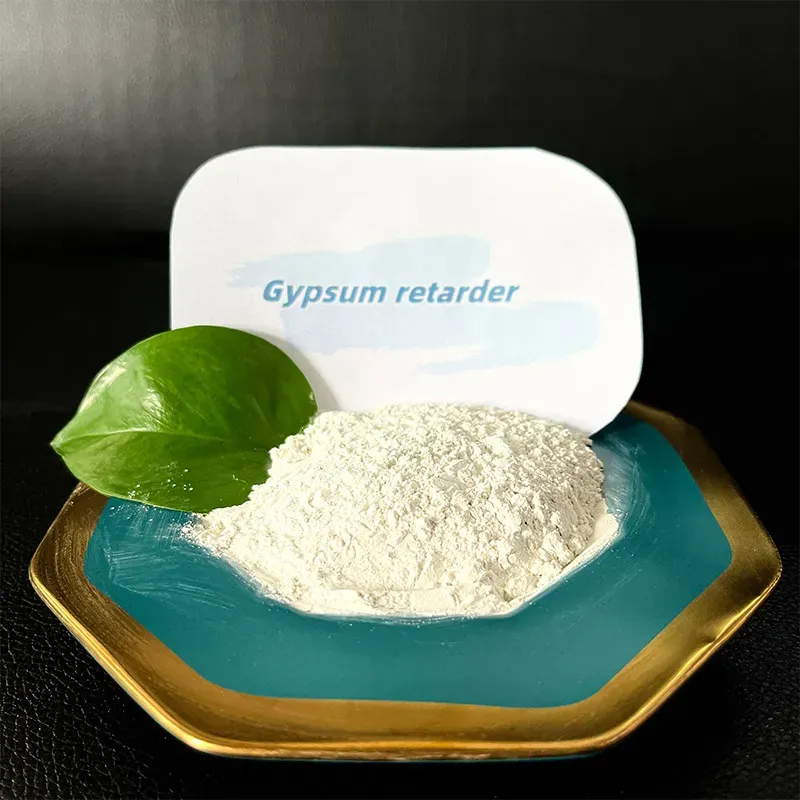
Key Advantages Delivered by Gypsum Plaster Retarder
The strategic incorporation of a гипс гипс тоткарлаучы unlocks a cascade of significant benefits that directly elevate the application process and the final result:
Extended Workability and Application Window: This is the most immediate and critical benefit. Without a гипс тоткарлаучы, standard gypsum plasters can begin stiffening within minutes, forcing applicators into a rushed, often compromised process. A гипс тоткарлаучы reliably extends the plastic state, often by 30 minutes to several hours depending on dosage and type. This allows tradespeople ample time for large batch mixing, transporting material, meticulous application over larger areas, complex mold work, detailed ornamentation, and careful finishing without the panic of the mix setting up prematurely. The pressure is removed, enabling focus on craftsmanship.
Enhanced Finish Quality and Reduced Defects: Rushing plaster application is a primary cause of surface imperfections. A гипс гипс тоткарлаучы facilitates smoother troweling, easier leveling, and superior compaction. This directly minimizes the risk of air pockets, surface roughness, tool marks, and cold joints (visible lines where fresh plaster meets partially set plaster). The extended open time allows for re-troweling to achieve the desired ultra-smooth surface as the plaster begins to firm up, leading to a visibly superior finish requiring less remedial sanding.
Improved Sag Resistance on Vertical and Overhead Surfaces: While extending workability, specific гипс тоткарлаучы formulations can also enhance the plaster's cohesion and thixotropy (its ability to become less viscous under shear stress, like troweling, but thicker when static). This improved body helps the plaster cling to vertical walls and ceilings during the extended working period, significantly reducing sagging or slumping before initial set occurs. This is vital for achieving uniform thickness on walls and preventing drooping on ceilings.
Optimized Performance in Challenging Conditions: High ambient temperatures dramatically accelerate the setting of gypsum plaster, making summer application particularly difficult. A гипс гипс тоткарлаучы becomes indispensable in hot weather, counteracting the accelerated set and maintaining a viable working time. Similarly, when placing thick layers or using plaster in complex forms where heat buildup can occur internally, the retarder ensures uniform setting throughout the mass.
Increased Flexibility for Large Projects and Complex Work: For large-scale plastering jobs, consistent workability across multiple batches is essential. A reliable гипс тоткарлаучы ensures uniformity, preventing earlier batches from setting before later ones are applied. In restoration work or intricate decorative plastering involving molds and casts, the extended time provided by the retarder is non-negotiable for achieving accurate replication and detailed artistry.
Reduced Material Waste: The pressure of rapid setting often leads to mixed batches hardening before they can be fully used. By significantly extending the usable life of the mixed plaster, a гипс тоткарлаучы directly reduces this form of costly material waste.
Implementing Gypsum Retarder Effectively in Practice
Realizing the full benefits of a гипс тоткарлаучы requires understanding its practical use:
Types and Mechanisms: Common гипс тоткарлаучы chemicals include organic acids (citric acid, tartaric acid, their salts), modified carbohydrates, and certain protein derivatives. Each interacts slightly differently with the gypsum crystallization process. Liquid retarders offer ease of dosage but require careful water adjustment; powdered retarders are common in pre-mixed plasters and require thorough dry blending.
Precision Dosage is Critical: The effectiveness of a гипс тоткарлаучы is highly dosage-dependent. Too little provides insufficient worktime extension; too much causes severe, potentially indefinite retardation, weak final strength, surface dusting, and efflorescence risks. Manufacturers provide specific dosage ranges , which must be followed meticulously. Factors influencing optimal dosage include plaster composition, desired set time extension, water temperature, and ambient conditions. Always conduct small batch tests when changing retarder type, brand, or plaster source.
Consistent Mixing and Dispersion: For powdered retarders, especially in site-mixed applications, thorough and uniform blending with the dry plaster powder before adding water is essential. Poor dispersion leads to localized areas of severe retardation and inconsistent setting. Adequate mixing time after water addition ensures the retarder dissolves and interacts effectively.
Water Quality and Temperature Awareness: Hard water (high in calcium/magnesium) can sometimes interfere with certain retarders. More critically, water temperature significantly impacts set time. Using warm water accelerates the set, potentially requiring slightly higher retarder dosage; cold water slows the set. The гипс гипс тоткарлаучы dosage needs to be considered relative to the actual mixing water temperature.
Environmental Considerations: While primarily focused on temperature's effect on set time, also consider humidity and airflow. Low humidity and high airflow increase evaporation, which can superficially stiffen the plaster surface even while the bulk is still chemically plastic. This might be mistaken for setting but is actually just drying.
Comparing Retarder Needs: Gypsum һәм Other Plasters
Шул ук вакытта гипс тоткарлаучы technology is highly developed due to gypsum's inherent rapid set, the need for controlled workability extends to other plaster types, though the mechanisms differ:
Cement Plasters/Renders: Cement-based materials set primarily through hydration, a much slower process than gypsum crystallization. Retarders for cement (often lignosulfonates, carbohydrates, or synthetic polymers) work by delaying the hydration reactions. The focus is less on preventing flash set and more on extending workability for large pours, preventing cold joints in hot weather, or allowing time for intricate texturing. The required extension time is usually longer than with gypsum, and dosages differ significantly. A general гипс тоткарлаучы label might encompass both, but specific formulations are optimized for the binder chemistry.
Lime Plasters: Traditional lime plasters set very slowly through carbonation. Modern hydraulic limes set faster via hydration. Retarders for hydraulic lime plasters function similarly to cement retarders. The primary need arises in hot weather or for complex applications. Pure lime plasters rarely need chemical retardation.
Specialty Plasters: Veneer plasters, gauging plasters , and synthetic resin-based plasters all have specific setting mechanisms. Each may utilize bespoke retarders tailored to their chemistry. The гипс гипс тоткарлаучы concept is most directly applicable to products where gypsum is the primary or sole binder controlling the set.
FAQs about Gypsum Plaster Retarder
How much extra working time can I expect from a plaster retarder?
The extension provided by a гипс тоткарлаучы varies significantly based on the specific retarder type, its dosage, the gypsum plaster composition itself, water temperature, and ambient conditions. Potent organic acid retarders like citrates can easily double or triple the initial working time at moderate dosages. Precise control requires consulting the retarder manufacturer's data sheets and conducting small-scale trial batches under anticipated jobsite temperatures to determine the exact dosage needed for the desired workability window. Never assume a fixed extension time.
Can I add more water to extend workability instead of using a gypsum plaster retarder?
Absolutely not. Adding excess water beyond the mix design requirements severely compromises the hardened plaster. It increases porosity, drastically reduces final strength and durability, promotes excessive shrinkage cracking, and leads to surface dusting. A гипс тоткарлаучы extends workability chemically without altering the critical water-to-plaster ratio, preserving the integrity and performance of the final product.
How does a gypsum retarder affect the final strength?
When used at the correct dosage, a quality гипс гипс тоткарлаучы has minimal negative impact on the ultimate compressive and flexural strength of the fully cured gypsum. It primarily delays the setting reaction but allows full crystallization to occur eventually. However, significant overdosing can lead to incomplete crystal formation and weaker, more porous structures, resulting in reduced strength. Proper dosage is key to maintaining strength while gaining workability.
Is a gypsum plaster retarder necessary for all applications?
No, it's application-dependent. For small repairs, areas easily finished quickly, or in consistently cool conditions, the natural set time of the plaster might be sufficient. However, for large ceiling or wall areas, complex shapes, intricate details, machine application, hot weather work, or projects requiring consistent batch-to-batch workability over hours, a гипс тоткарлаучы is essential for achieving quality results efficiently and minimizing waste.
Can I use citric acid directly as a gypsum retarder?
While citric acid is a common active ingredient in many commercial гипс тоткарлаучы products, using pure food-grade citric acid is not recommended. Commercial retarders are precisely formulated blends that often include dispersants, anti-foamers, and other modifiers to ensure consistent performance, predictable retardation, good mixability, and minimal side effects like excessive air entrainment or surface blemishes. Pure citric acid can be difficult to dose accurately at the very low levels required and may lead to inconsistent results or unwanted effects.
Understanding the different types of retarders, their precise dosage requirements, and their optimal use conditions is crucial for formulators and applicators alike. Whether labeled broadly as a гипс тоткарлаучы or specifically as a гипс гипс тоткарлаучы, these chemical tools are indispensable for anyone committed to achieving the highest standards in gypsum-based finishes, proving that in the art and science of plastering, controlling time is synonymous with controlling quality.
-
Rubber Powder Durability in ConstructionЯңалыкларJun.26,2025
-
Properties of Starch EtherЯңалыкларJun.26,2025
-
Insulation Material Polypropylene FiberЯңалыкларJun.26,2025
-
How to Utilize Hydroxymethyl Cellulose EffectivelyЯңалыкларJun.26,2025
-
Eco-Friendly Redispersible Polymer PowderЯңалыкларJun.26,2025
-
Why HPMC for Sale Is EssentialЯңалыкларJun.05,2025
-
The Role of Retarder in GypsumЯңалыкларJun.05,2025







